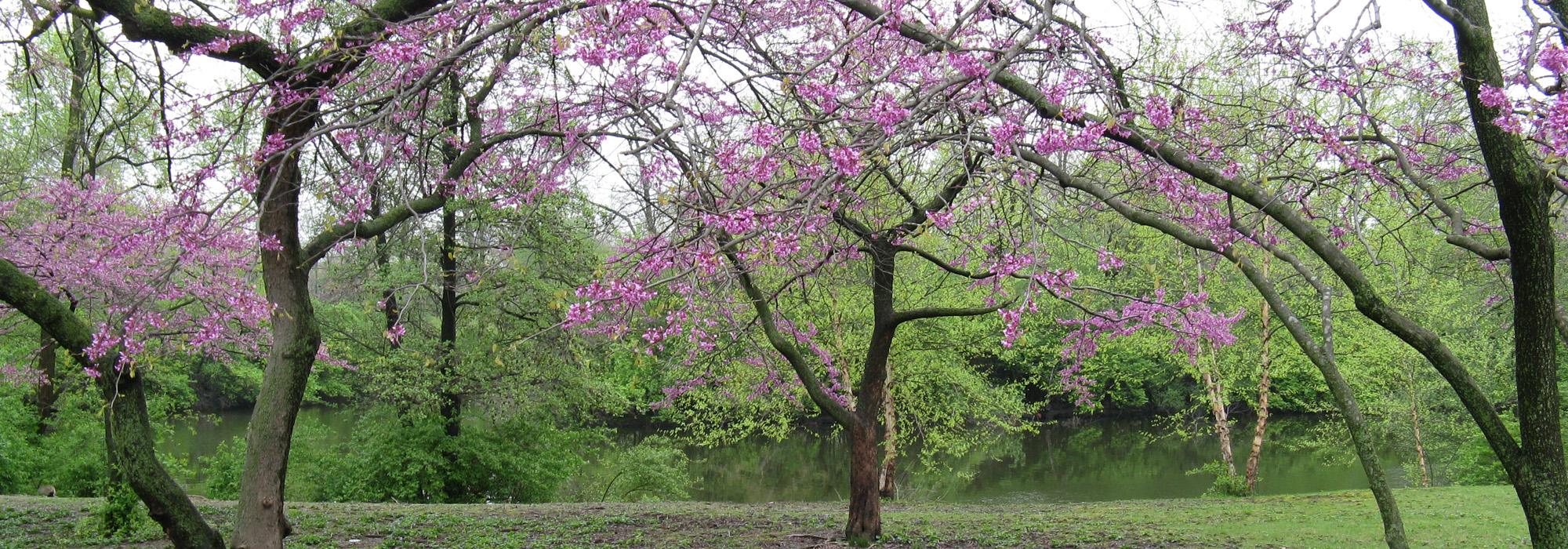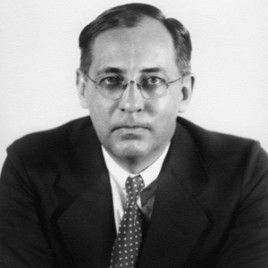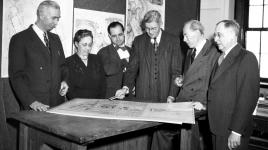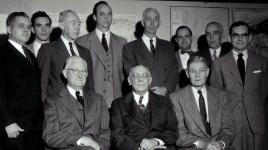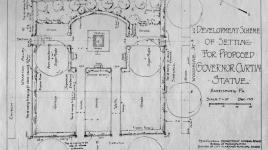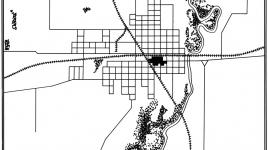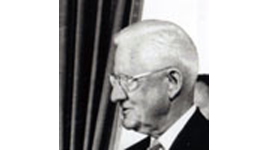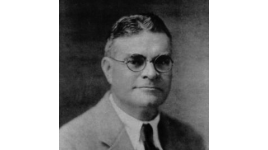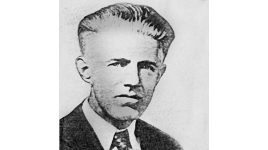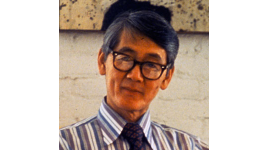Pioneer Information
Born in Wilkes-Barre, Pennsylvania, Lohmann graduated from Pennsylvania State University with a B.S. in 1910. He attended graduate school at Harvard University and completed an M.L.A. in 1914. Inspired by the City Beautiful movement, Lohmann wrote a thesis entitled The Design of a Coal Mining Village. Upon graduation, he briefly returned to Pennsylvania to promote the potential of parks, playgrounds, and plantings as a means of improving mining towns. In 1915 he found work with the Detroit City Planning Commission. Towards the end of World War I, Lohmann joined the Town Planning Division of the U.S. Shipping Board, where he planned emergency towns for ship workers.
In 1921, Lohmann moved to Urbana, Illinois, where he taught landscape architecture from 1921 to 1948, and City and Regional Planning from 1948 until 1955 at the University of Illinois, Urbana-Champaign. As an interdisciplinary academic, Lohmann contributed to the emergence of a mid-century American planning movement that had roots in landscape architecture. He is credited with developing a course in Regional Planning in 1933, which was the first of its kind to be offered in an American university. Lohmann also authored numerous planning textbooks, technical reports, articles, and pamphlets. His most influential work is the textbook Principles of City Planning (1931).
Though best known as an educator, Lohmann also took private commissions. He collaborated with Harland Bartholomew on a campus master plan for Rutgers University (1927), authored a long-range park plan for the State of Illinois (1938), and a campus landscape plan for Fredonia State College, New York (1958). In 1949 Lohmann was appointed Commissioner of the Urbana Park District and was subsequently elected president of that board. He became a Fellow of the American Society of Landscape Architects in 1955. Lohmann died in Urbana, Illinois, at the age of 75.



